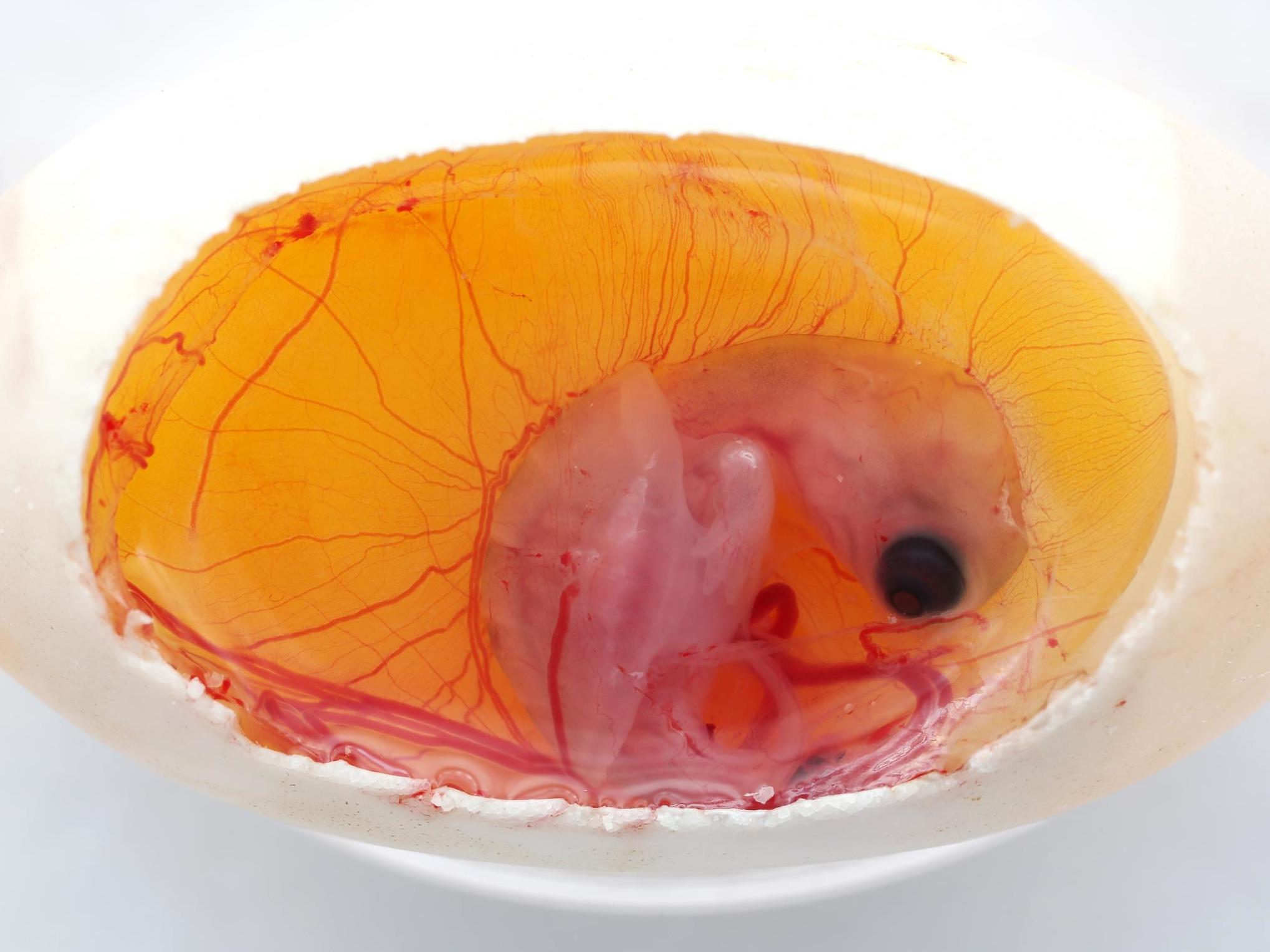Turtle embryos influence their sex by wiggling inside their egg, study finds
Findings could explain how reptiles managed to survive periods in Earth’s history when it was significantly hotter

Your support helps us to tell the story
From reproductive rights to climate change to Big Tech, The Independent is on the ground when the story is developing. Whether it's investigating the financials of Elon Musk's pro-Trump PAC or producing our latest documentary, 'The A Word', which shines a light on the American women fighting for reproductive rights, we know how important it is to parse out the facts from the messaging.
At such a critical moment in US history, we need reporters on the ground. Your donation allows us to keep sending journalists to speak to both sides of the story.
The Independent is trusted by Americans across the entire political spectrum. And unlike many other quality news outlets, we choose not to lock Americans out of our reporting and analysis with paywalls. We believe quality journalism should be available to everyone, paid for by those who can afford it.
Your support makes all the difference.Turtle embryos play a role in determining their own sex by moving around in their eggs, research has revealed.
The sex of the creatures is determined by the temperatures at which they are incubated – warmer environments create females.
But by wiggling around the egg, embryos can find the “Goldilocks Zone” which means they are able to shield themselves against extreme thermal conditions and produce a balanced sex ratio, according to the study published in Current Biology journal.
Scientists found a single embryo could experience temperature differences of up to 4.7C within its egg – and any shift larger than 2C can massively change the sex ratio of turtle offspring.
“This could explain how reptile species with temperature-dependent sex determination have managed to survive previous periods in Earth history when temperatures were far hotter than at present," said the study's co-author Richard Shine, a professor at Macquarie University of Australia.
However, scientists say this behaviour would not protect turtles from the extremely high temperatures that are predicted as the climate changes.
“The embryo’s control over its own sex may not be enough to protect it from the much more rapid climate change currently being caused by human activities, which is predicted to cause severe female-biased populations,” said Wei-Guo Du, a professor at the Chinese Academy of Sciences.
“However, the discovery of this surprising level of control in such a tiny organism suggests that in at least some cases, evolution has conferred an ability to deal with such challenges,” he added.
Researchers incubated turtle eggs under a range of temperatures in the laboratory and in outdoor ponds. In half of the eggs they added capsazepine, a chemical that blocked the embryo’s temperature sensors.
After the eggs hatched they found that those without thermoregulation had hatched as almost all males or almost all females, depending on what temperature they were incubated at. Embryos that had been able to respond to the temperatures moved around inside their eggs and half were born male and half born female.
However, this behaviour has its limitations. Professor Du said: “Embryonic thermoregulation can be limited if the thermal gradient within an egg is too small, or if the embryo is too large to move around or too young to have developed these abilities yet.”
Researchers believe other species might have discovered similar ways to buffer risk.
“Our future studies will explore the adaptive significance of embryonic thermoregulation as well as the other behavioural and physiological strategies adopted by embryos and mothers to buffer the impact of climate warming on turtles,” said Professor Du.
Last month, a study warned that loggerhead turtles born at a key breeding ground in Cape Verde would all be turned female because of climate change.
Even under a low emissions scenario, 99.86 per cent of hatchlings would be female by 2100, researchers at the University of Exeter said.
Currently, 84 per cent of hatchlings at Cape Verde are female, according to the paper in Marine Ecology Progress Series.
Join our commenting forum
Join thought-provoking conversations, follow other Independent readers and see their replies
Comments